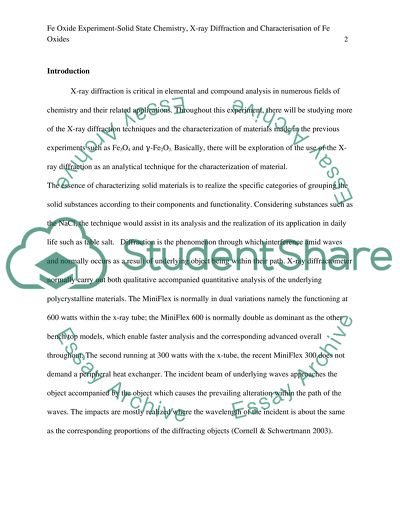Cite this document
(“Fe Oxide Experiment-Solid State Chemistry, X-ray Diffraction and Essay”, n.d.)
Retrieved from https://studentshare.org/health-sciences-medicine/1469843-fe-oxide-experiment-solid-state-chemistry-x-ray
Retrieved from https://studentshare.org/health-sciences-medicine/1469843-fe-oxide-experiment-solid-state-chemistry-x-ray
(Fe Oxide Experiment-Solid State Chemistry, X-Ray Diffraction and Essay)
https://studentshare.org/health-sciences-medicine/1469843-fe-oxide-experiment-solid-state-chemistry-x-ray.
https://studentshare.org/health-sciences-medicine/1469843-fe-oxide-experiment-solid-state-chemistry-x-ray.
“Fe Oxide Experiment-Solid State Chemistry, X-Ray Diffraction and Essay”, n.d. https://studentshare.org/health-sciences-medicine/1469843-fe-oxide-experiment-solid-state-chemistry-x-ray.


